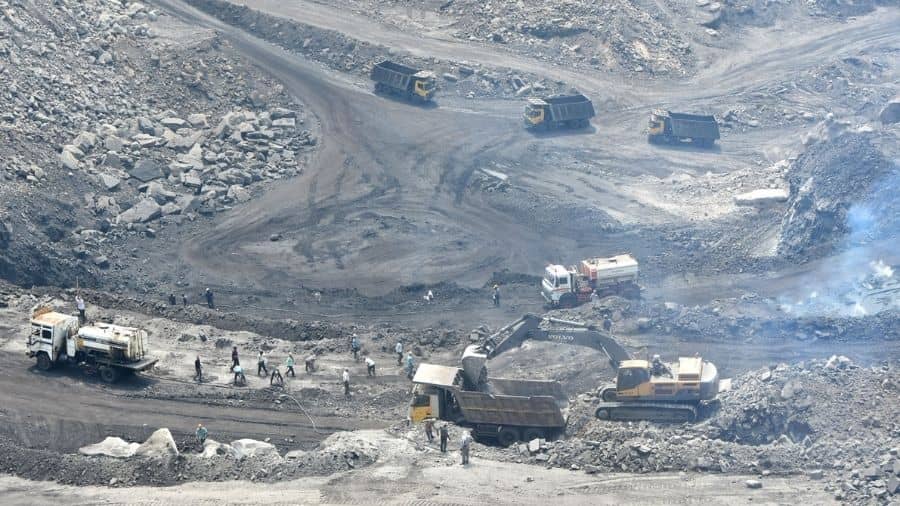The Bengal government’s ability to reduce dependence on Coal India for supply to its power plants and enhance extraction from its captive coal mines seems to have paid off this summer.
So far, the state has not suffered long hours of power outages unlike some others pling with the crunch in Coal India supply.
From 0.4 million tonnes in 2018-19, the volume of coal extracted from captive mines went up to 11.56 million tonnes last year, state data says.
According to state power department data, Bengal used to buy 14.076 million tonnes from Coal India to run its power plants till 2020-21. But this is expected to come down to 2 million tonnes in 2022-23 as the state is aiming to extract 19 million tonnes from its five captive coal mines this fiscal.
“As the state-owned generation units were sourcing coal from its mines, (Coal India) supply shortage didn’t affect Bengal like Maharashtra, Uttar Pradesh and Delhi this summer,” a senior government official said.
Sources in Nabanna said the state requires about 55,000 tonnes of coal a day to run 22 power-generating units in its six power plants. Bengal needs about 20 million tonnes of coal a year, an official said. As the state is likely to extract 19 million tonnes of coal from captive mines, Bengal is likely not to depend much on Coal India in the near future too.
Power department officials said that the consumption requirement crossed 7,000MW two weeks ago during the prolonged dry phase.
“The fact that PDCL, the state's generation utility, was sourcing coal from its captive mines helped it to keep generating at its full capacity of over 3,500MW... The remaining demand was met in real time from power exchanges and interstate transmission corridors,” said an official.
The gradual shift in dependence on coal from Coal India to state captive mines has been a major achievement, said a source in the power department.
In 2018-19, the state had extracted only 0.4 million tonnes of coal from its captive coal mines even though a Supreme Court order had allowed the West Bengal Power Development Corporation (WBPDCL) to take over four coal mines, which were earlier operated by Bengal Emta. Out of these four mines three were in Bengal and one was in Jharkhand.
“although coal mines came under the WBPDCL, coal could not be extracted till 2019-20 due to resistance from landowners who were not paid compensation and transporters who did not get their dues. But things started changing in 2018-19 when then chief secretary Moloy De took initiatives to resolve the issues,” a senior government official said.
Under the leadership of De, the state decided to shoulder the financial burden of Bengal Emta to make the process of extracting coal from these mines smooth.
"The state spent more than Rs 200 crore to clear all dues and meet other requirements. Following which extraction of coal started from these mines," said another official.
The result was evident almost immediately.
The state could extract 3.1 million tons of coal in 2019 and the figure reached to 6.25 million tons in 2020-21 and last year the state could extract 11.56 million tons of coal from its five captive coal mines.
A section of the officials pointed out that the success story makes it clear why the state government is keen on the proposed coal mine in Deocha-Pachami.
“If the coal mine in Deocha-Pachami comes up, it would solve several problems of the state that include shortage of coal supply and creation of jobs,” said a source.










